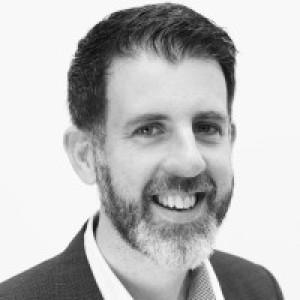- Video Library
- Stephen Cox Presents InVera Medical at LSI Europe '23
Stephen Cox Presents InVera Medical at LSI Europe '23

Stephen Cox
CEO & co-founder of InVera Medical (formerly Venari), a medical device company developing a less-invasive, effective and pain-free device for the office-based treatment of varicose veins and venous ulcers, known as chronic venous disease, a condition that affects one in four people worldwide.
Recipient of a first class honours degree in Computer Science, MSc in BioInnovation and an Executive MBA from UCD Smurfit Business School. BioInnovate Fellow 2016/2017, an affiliate of the Stanford BioDesign specialist medical device innovation programme.
An accomplished technologist and leader of innovative high-growth startup organisations. Experienced in successfully building complex products and leading large teams across international locations.
Stephen Cox
CEO & co-founder of InVera Medical (formerly Venari), a medical device company developing a less-invasive, effective and pain-free device for the office-based treatment of varicose veins and venous ulcers, known as chronic venous disease, a condition that affects one in four people worldwide.
Recipient of a first class honours degree in Computer Science, MSc in BioInnovation and an Executive MBA from UCD Smurfit Business School. BioInnovate Fellow 2016/2017, an affiliate of the Stanford BioDesign specialist medical device innovation programme.
An accomplished technologist and leader of innovative high-growth startup organisations. Experienced in successfully building complex products and leading large teams across international locations.

17011 Beach Blvd, Suite 500 Huntington Beach, CA 92647
714-847-3540© 2025 Life Science Intelligence, Inc., All Rights Reserved. | Privacy Policy







